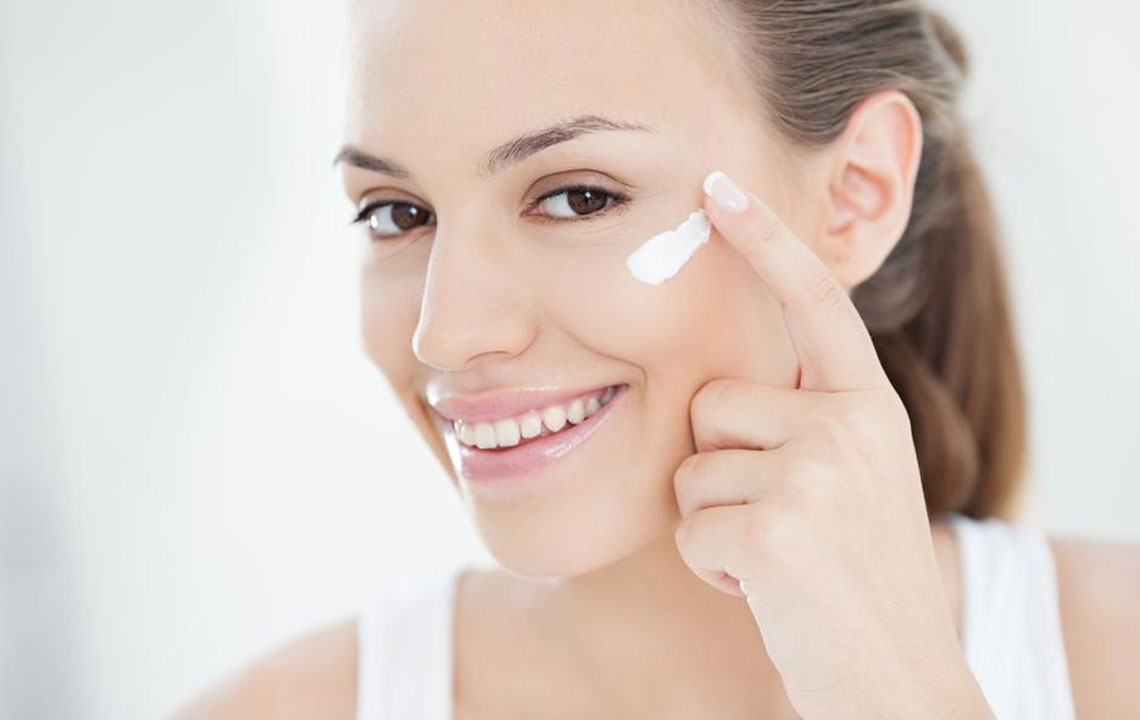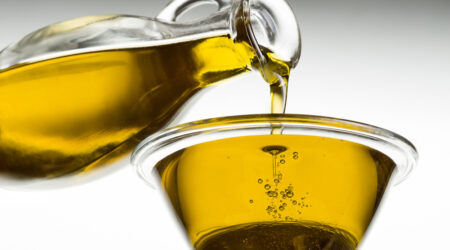Tips for Skin Care Treatments During monsoon
If you rely solely on one skin care treatment or regime throughout the year, then you might need to reconsider. Skin care treatments and the regime needs to be changed according to the weather or the climatic condition that you are witnessing.
With monsoon, both your skin and hair start suffering from humidity. The climatic conditions affect your skin and make it look dull. Sweat and oil on your skin clog your pores and make your skin look pale.

We are here to help you with age old remedies and skin care regimes that will make your skin stay healthy during the monsoon. Choose what suits your skin type.
Dry skin
Your skin becomes dry due to lack of hydration and vitamins. If your skin is not well hydrated it feels and becomes drier, accentuating this condition during monsoon. Here are some tips for you.
- You must have heard it from everybody and we are not sorry to reiterate, drink lots and lots of water even if it leads to frequent visits to the restroom. Water not only keeps your skin hydrated but also flushes out toxins from your body.
- Use a flower-based tonic or you can also keep a bottle of rose water in the fridge and every time you wash your face, dab rose water or tonic with cotton on your face. This keeps your skin cool and hydrated at the same time.
- Keep away from alcohol-based tonics.
- Try and stick to natural products or fruits and vegetables directly from your kitchen as they are free of any harmful chemicals and preservatives.
- Do not forget to moisturize your skin every time you wash your face. And don’t forget to moisturize your hands and neck as well.
- Avoid washing your face with soap and choose a good face wash suitable for dry skin as soap will further dry up your skin.
Oily skin
If you have an oily skin, then you are in for a treat. The good news is that oily skin owners are the last ones to face the wrath of aging. One of the main reasons of wrinkles is that your skin stops producing oils, thus making it dry. Since you have an oily skin this process occurs late, thus further delaying aging by a few years. Now the bad news is that as your skin consistently grinds out oil your skin is prone to pimples and other infection. Also, your skin seldom feels fresh. Well, we have got remedies for you too, so brace yourself.
- Use a good tea tree-based face wash. Tea tree is rich with antibacterial properties, hence fighting acne and reducing excess oil from your skin.
- Stay away from soap as it will unnecessary dry your skin
- Every time you wash your skin, use a good face toner, preferably again tea tree-based to keep the balance of your skin, driving away excess oil, unclogging pores, and fighting acne.
- Mix a teaspoon of Fuller’s earth with some rose water and use it as a face pack. Wash it when it dries, pat your skin dry and use a toner before applying moisturizer.
- Use a water-based moisturizer instead of cream based. As cream-based moisturizer further makes your skin oily, making it look dull and prone to pimples.
- Keep some anti-oil face wipes with you and wipe your face as and when required.
- Exfoliate your skin twice a week to unclog your pores.
- Drink lots of water to keep yourself hydrated and stay away from chemical-based products.
Combination skin
A combination skin is a mix of both oily and dry skin. Your T-zone here is usually oily but your cheeks are dry. It’s a tricky skin type and should be taken care of with caution as the forehead, nose, and chin are prone to blackheads, whiteheads, and pimples, whereas cheeks are free from such breakouts. And both the parts of the skin need to be taken care of individually.
- Drink lots of water irrespective of what your skin type is.
- Mix lemon juice with rose water and apply it on your clean face, this will remove excess oil while retaining the necessary moisturizer as well
- Use an antibacterial face wash. You can also use tea tree-based face wash, it works well for both oily and combination skin.
- Don’t rub your skin dry with a towel and instead, pat dry it to prevent roughness of skin.
- Scrub your face twice a week but do not overdo it.
- Use a mixture of gram flour, yogurt, and lemon as a face pack. Once it is dry, scrub it off and wash your face with cold water. This balances the oily and dry areas on your face. Use a good toner and moisturizer to hydrate your skin.
- A water-based moisturizer works better than a cream-based moisturizer for this skin type.
- You can rub fresh aloe vera on your skin to drive away excess oil and retain the moisture.
Whatever your skin type is, the best and the least expensive way to take care of your skin in any season is by drinking lots of water and consistently using sunscreen on your face and neck. Go for cream-based sunscreen for dry skin and water-based sunscreen for oily and mixed type skin. Follow these skin care treatments to have a healthy skin during monsoon.


